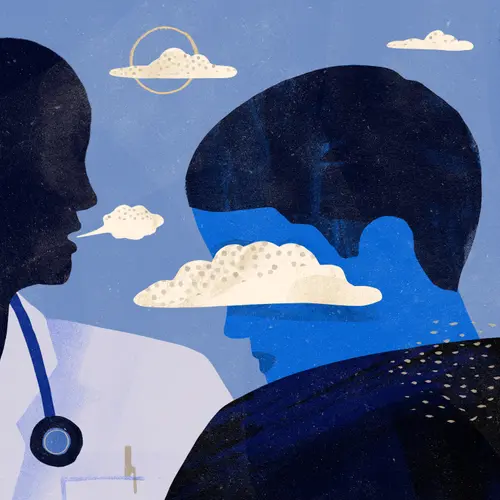Substance misuse causes severe side effects, affecting a person's general wellness. It affects their mental and physical health.
One of the significant side effects is changes in the appearance of the eyes, including the pupil's motion and size and the color of the whites. Consistent substance misuse leads to constriction or dilation of the eyes.
What Is Substance Misuse?
Substance misuse refers to the illegal use of drugs and prescription medications. It also involves overindulgence in alcohol to the extent that it becomes harmful to health.
Such types of misuse lead to several side effects, like nausea, mood swings, aggression, sleepiness, and more. These may be signs that the person is involved in substance misuse.
Some other health consequences include changes in teeth, hair, skin, and general behavior, but the most visible indicator of substance misuse is the person's eyes. Most pupils, when high, are either dilated or constricted.
How Does Substance Misuse Affect the Eyes?
When a person is intoxicated, the color of their eyes changes significantly.
When they consume too much alcohol, marijuana, or cocaine, it makes the blood vessels of their eyes expand. This condition is known as bloodshot eyes, which is a common symptom of substance misuse.
Other drugs may also make your eyes watery. Some even cause heaviness in your eyelids. Common effects of substance misuse on eyes are:
- Changes in pupil size (constricted pupils or dilated pupils)
- Nystagmus, or rapid involuntary movements of the eyes
- Conjunctival redness (bloodshot eyes)
What Causes Eyes to Dilate or Constrict?
Pupil dilation and constriction ensure proper vision. It controls the amount and intensity of light that enters our eyes and lets us see everything clearly. Our body's sympathetic and parasympathetic nervous systems control the dilation and constriction of the pupil.
Generally, constricted pupils indicate that the parasympathetic nerve is activated. On the other hand, dilated pupils refer to the activation of the sympathetic nerve.
When the pupils don't dilate or constrict properly, it indicates the onset of a vision problem.
Substance misuse can also interfere with our eyes' response to nervous stimulation. As a result, the eyes constrict or dilate abnormally.
Stimulants are primarily characterized by dilated pupils. Drugs and opioids cause constricted pupils.
What Drugs Cause Changes in the Eye?
Almost all types of substance misuse lead to changes in the eyes. Some dilate or constrict the eyes, while the others cause abnormal motion. Below are some changes in the eyes related to the misuse of specific substances.
- Alcohol. This can cause double or blurry vision.
- Amphetamines. These drugs can cause blurred vision and visible changes in pupil size. They may also lead to nystagmus. The drugs include Molly, Ecstasy, MDMA, and more.
- Benzodiazepines. Misuse or illegal use of these medications can cause altered, double, or cloudy vision. They can also dilate your pupils with an overdose.
- Cigarettes. Smoking can lead to cataracts of the crystalline lens of the eye.
- Cocaine. It stimulates the release of endorphins and adrenaline. When these hormones are released, they make your pupils dilate. Overdose of cocaine also induces hallucinations.
- GHB. It is a depressant known as liquid ecstasy. The misuse of GHB involves putting the drug in the eyes with a dropper. Some even use it orally. It primarily causes hallucinations.
- Hallucinogens. They dilate the pupils and cause hallucinations. Common hallucinogens are Mescaline and LSD.
- Heroin. It causes drooping eyelids, and can also lead to pinpoint pupils.
- Inhalants. These involve misusing substances like paint thinner or nitrous in canisters. It results in severe watering and redness of the eyes.
- Ketamine. This narcotic-like drug causes rapid, involuntary movement in the eyeballs. It can also dilate the pupils and cause visual impairment.
- Marijuana. Marijuana intoxication leads to bloodshot eyes.
- Methamphetamine. This drug causes rapid eye movements that are usually about ten times quicker than normal.
- Narcotics. Narcotic drugs, either legal or illicit, can constrict pupils. These include heroin, morphine, hydrocodone, and fentanyl. Overdose on these drugs can also lead to pinpoint pupils (when eyes don't respond to changes in light).
- PCP (phencyclidine). PCP intoxication leads to rapid eye movements and blank stares in a person.
- Poppers. These drugs can cause vision loss which is usually irreversible (permanent). Two major reasons for this symptom are brain damage and maculopathy (a retinal disease).

